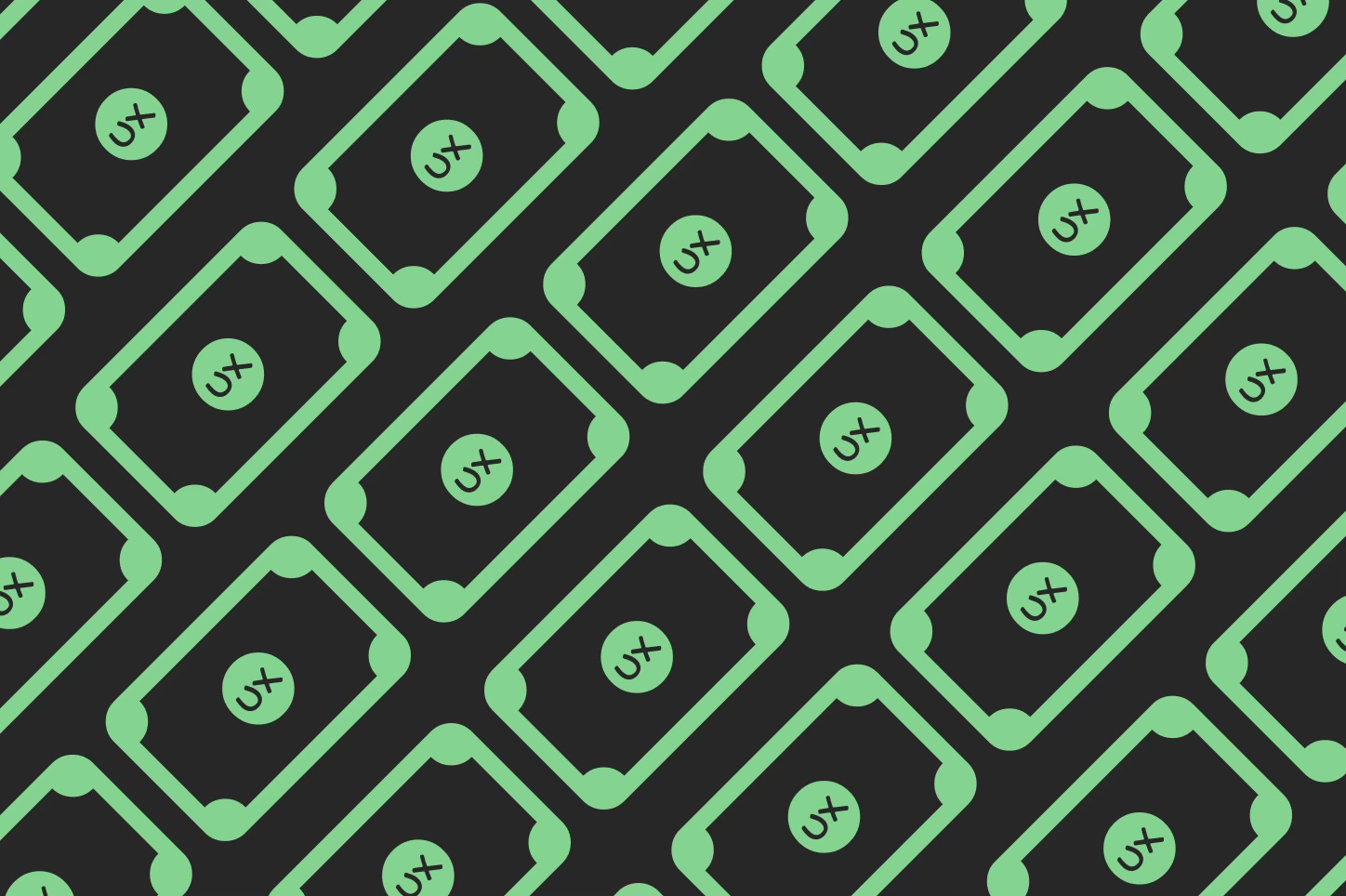You probably just took on some UX debt
#58: How limitations and compromise-driven decisions contribute to UX debt.
Welcome to Fundament, a weekly product design newsletter where we share actionable tips and insightful stories with the worldwide design community. Join 1,900+ readers and grow as a UX and product designer with us!
You probably just took on some UX debt
You’ve most likely come across the term technical debt at some point in your career. It usually arises …



